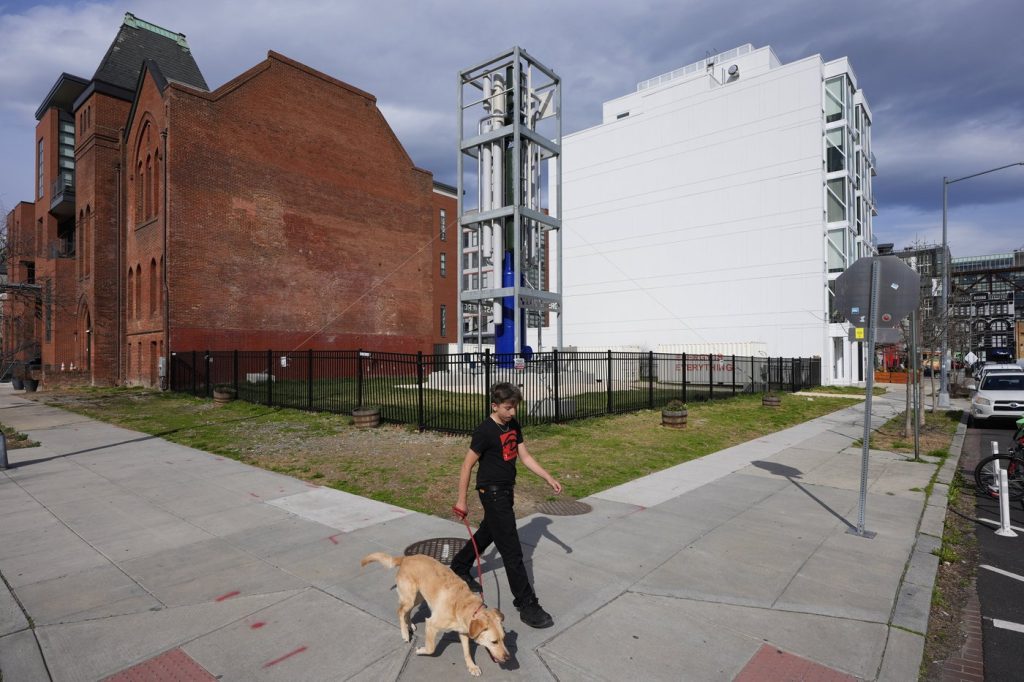In the United States, a competitive race is unfolding among states to position themselves as leaders in the emerging field of advanced nuclear energy. With the promise of newer and cheaper nuclear power on the horizon, state policymakers are looking to expand subsidies and eliminate regulatory barriers to foster growth in this sector. Advanced reactor designs are rapidly filling the federal government’s regulatory pipeline, positioned as climate-friendly solutions capable of meeting electricity demands from today’s tech giants.
The industry aims for these reactors to be operational as early as 2030, but they encounter public skepticism regarding safety concerns and competition from renewable energy sources like wind and solar power. Nevertheless, high-level federal support and proactive measures by utilities across the country are helping to incorporate nuclear energy into their electricity portfolios. Last year alone, 25 states enacted legislation to support advanced nuclear energy, and so far this year, over 200 bills have been introduced that favor nuclear projects, as indicated by Marc Nichol from the Nuclear Energy Institute.
Advanced reactors, such as small modular reactors (SMRs) and microreactors, promise to be faster and more flexible to build than conventional nuclear power plants. Unlike traditional reactors, which can generate between 800 to 1,000 megawatts—sufficient to power around half a million homes—modular reactors are designed to produce 300 megawatts or less, while microreactors produce no more than 20 megawatts. This smaller scale allows for potential installations closer to the specific energy demands of individual customers, such as data centers.
Companies such as Amazon and Google are investing in nuclear technologies to fuel their rapidly expanding energy needs. As states compete not only with Big Tech but with each other, numerous initiatives are being introduced. In Tennessee, Governor Bill Lee proposed over $90 million to support a Tennessee Valley Authority project aimed at installing small reactors while also seeking to attract nuclear technology firms. The proposal includes establishing a Nuclear Energy Fund in 2023 to create a supply chain for nuclear energy, which encompasses a multibillion-dollar uranium enrichment plant.
Meanwhile, Utah is stirring interest with Governor Spencer Cox's "Operation Gigawatt," which aims to double the state’s electricity generation over the next decade, including a $20 million budget to prepare sites for nuclear installations. Texas has joined the fray with Governor Greg Abbott asserting the state's readiness to become a frontrunner in advanced nuclear energy, while Michigan and Indiana are also evaluating incentives for nuclear power development and workforce training.
Despite these optimistic developments, the future of these advanced reactors remains uncertain. Currently, no modular reactors are operational in the U.S., and a notable project to build the first modular reactor in Idaho was terminated in 2023 despite receiving federal aid. The U.S. Department of Energy has estimated that an additional 200 gigawatts of nuclear capacity will be required by 2050 to meet future electricity demands and achieve net-zero emissions of greenhouse gases.
As it stands, the U.S. operates close to 100 gigawatts of nuclear power, with more than 30 advanced projects in development. These initiatives largely rely on substantial federal backing, including subsidies and recently enacted tax credits. However, the industry faces challenges, including the absence of long-term radioactive waste solutions and an ongoing scrutiny of safety regulations. Concerns have been raised about claims of efficiency, safety, and reliability associated with smaller reactors, a sentiment echoed by experts like Edwin Lyman from the Union of Concerned Scientists.
Moreover, advanced reactors face significant competition from renewable energy technologies. As advancements in energy storage improve the reliability of wind and solar power, experts warn that the window for success might narrow. Issues related to the U.S. supply chain capabilities for constructing reactors, including the availability of skilled labor and essential materials like high-quality concrete and steel, also pose considerable challenges. Experts emphasize that uranium enrichment capacity within the U.S. and allied countries must also expand to support production needs.
With the landscape continuously evolving, the practicality and timeline for deploying first-of-their-kind reactors will significantly influence future investments and developments in advanced nuclear energy.










